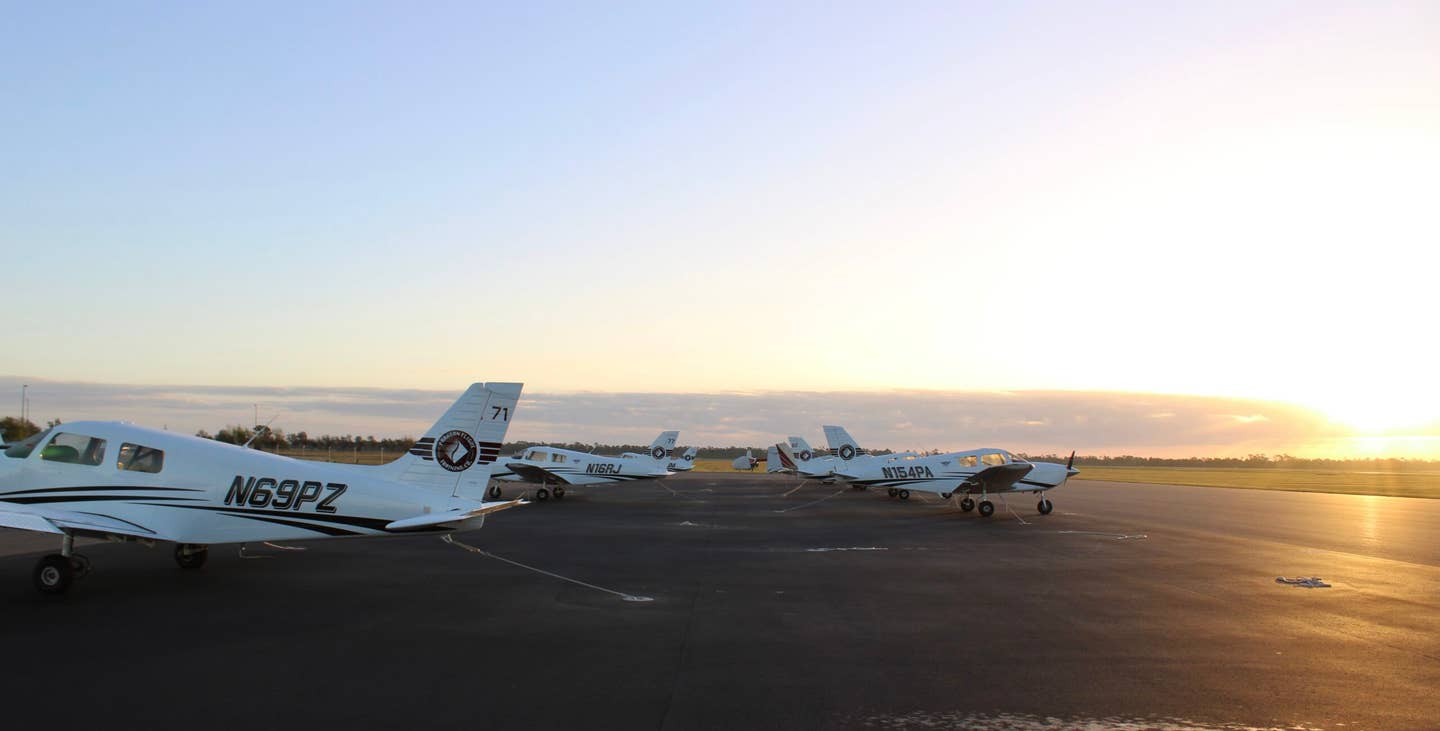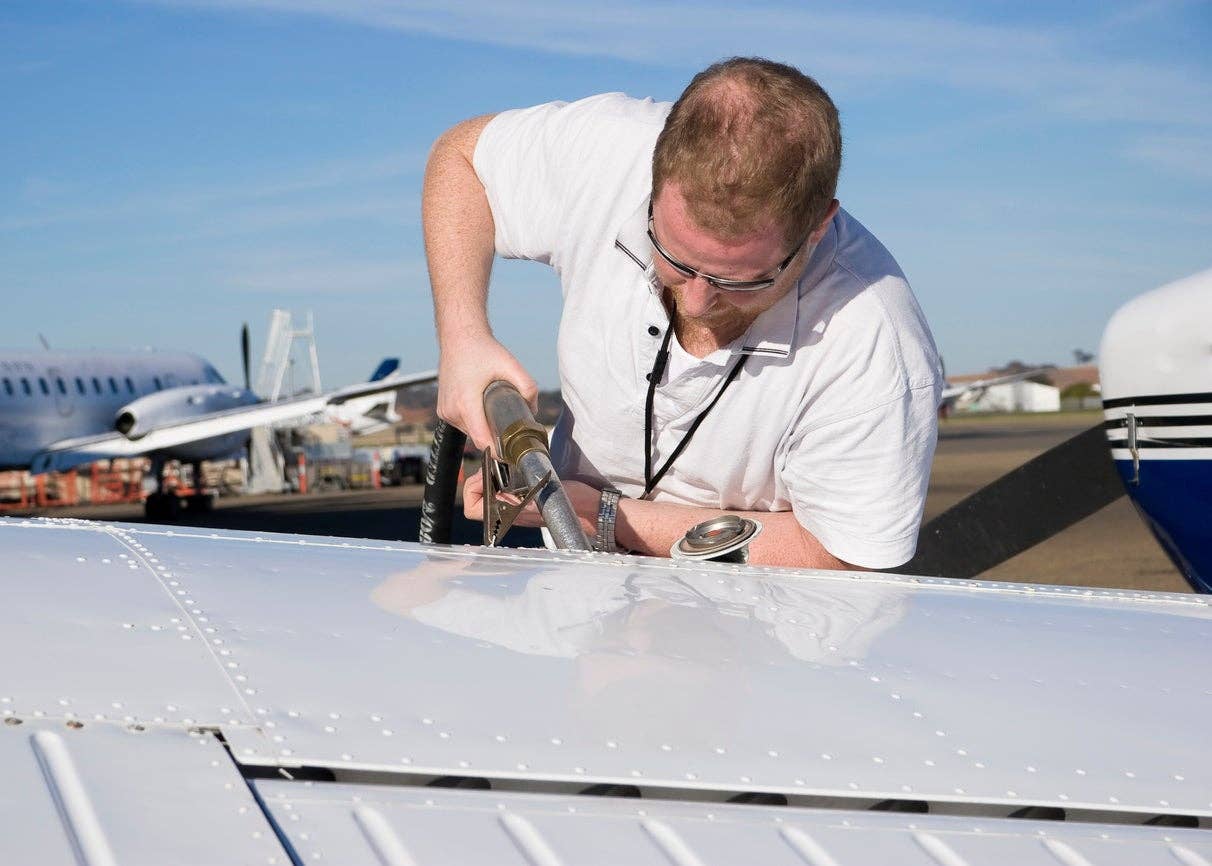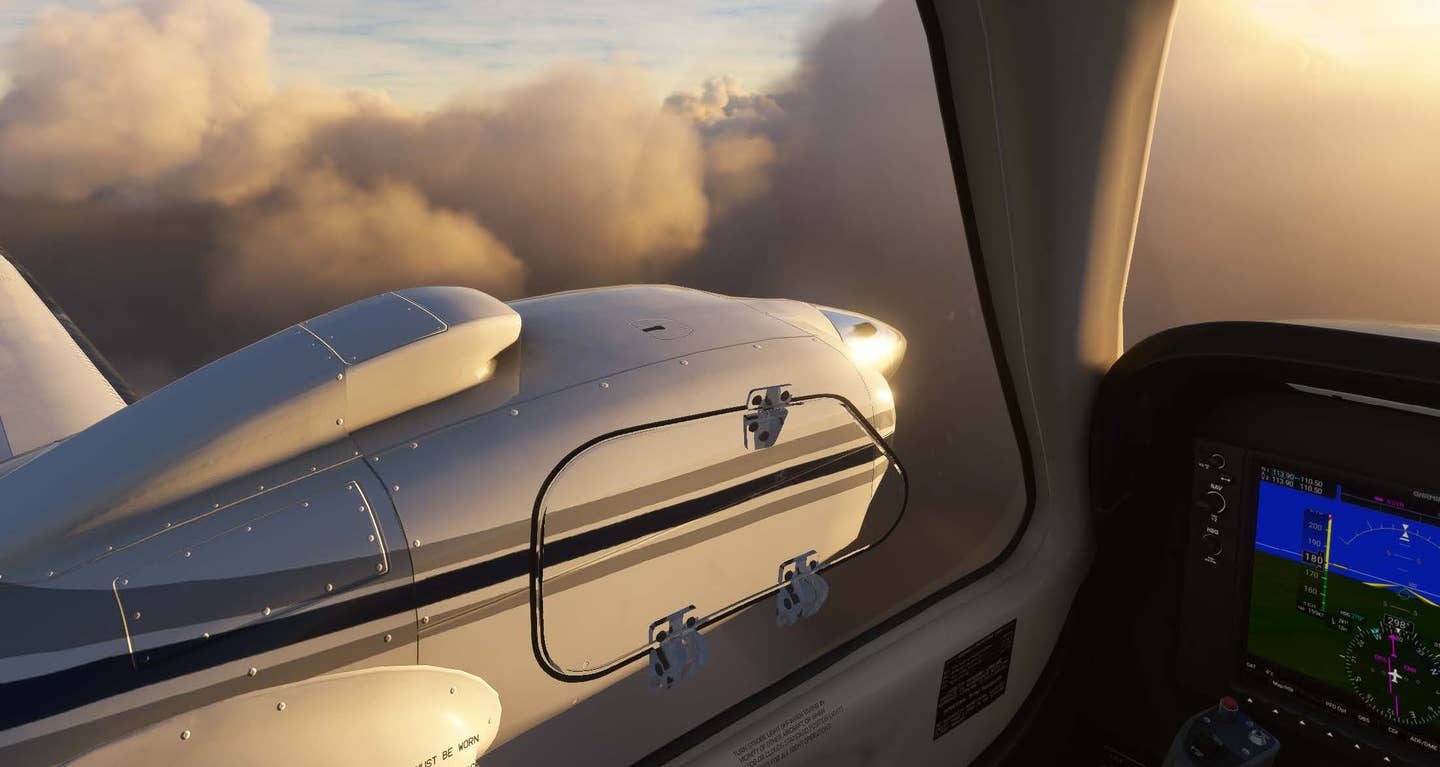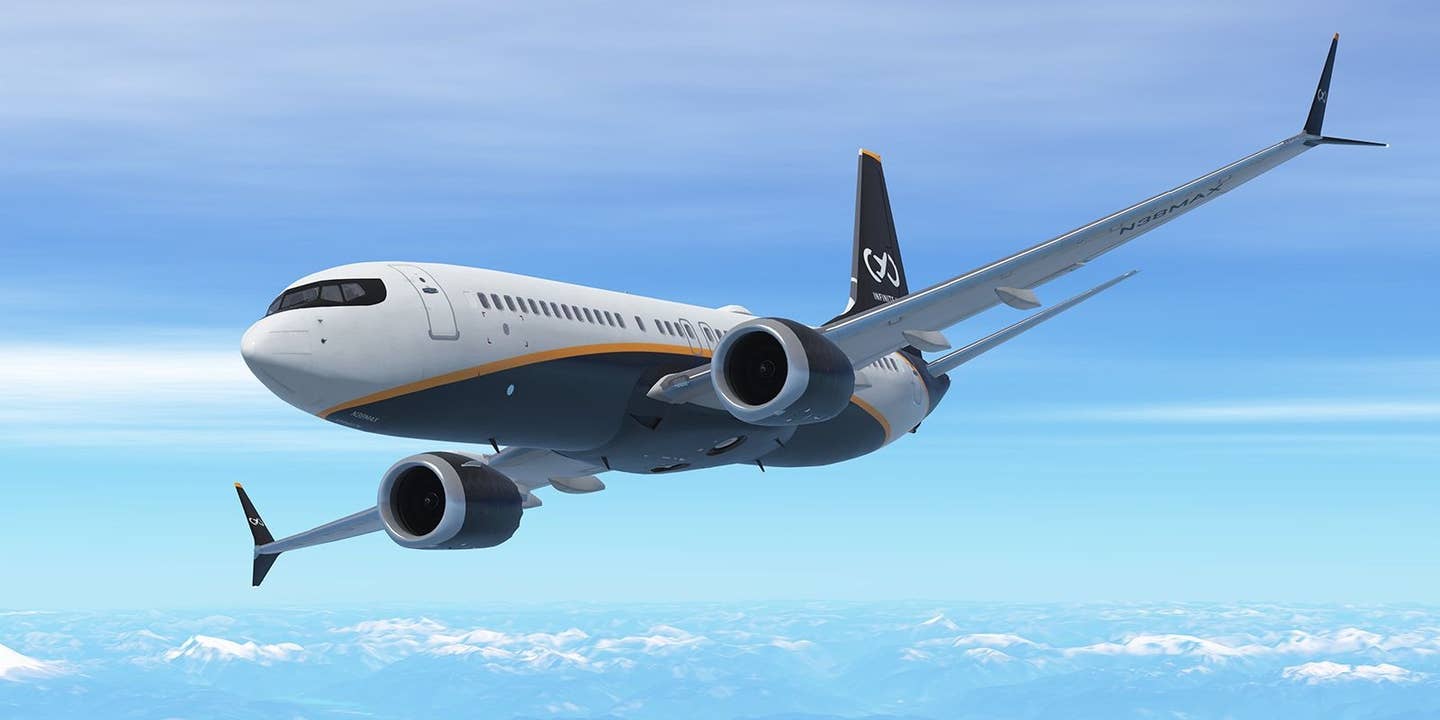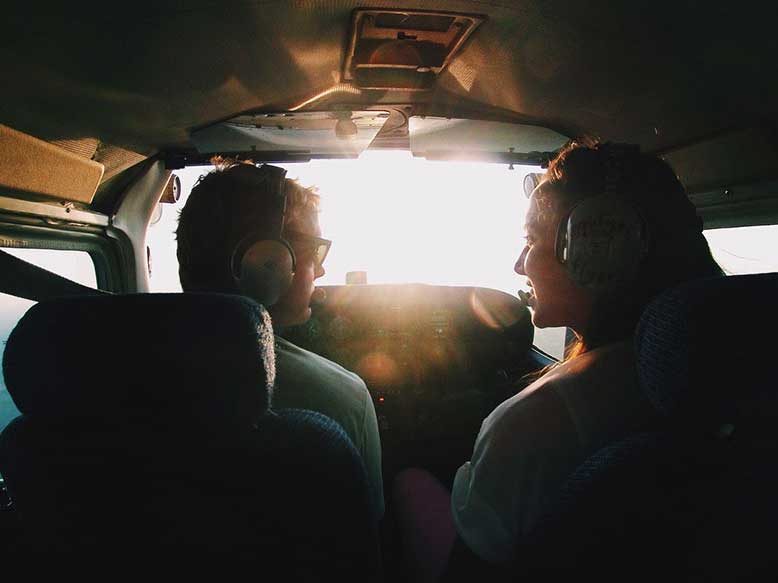
The words "current" and "proficient" are widely used to define a pilot's ability to fly. Actually, being current means only that you meet all the regulatory standards which, in turn, don't mean a whole lot. Almost six months after your last instrument approach you are still considered current for an ILS to minimums. Or, for VFR, shooting three landings four times a year does the trick. I'll leave that kind of flying to someone else. A lot of FBOs have far more stringent currency requirements for their renter pilots.
Being proficient means you are reasonably good at it, and as a matter of survival "proficient" is more important than "current."
So, how do we make sure we are always up to the task at hand?
I think it has a lot to do with how we think when actually flying the airplane. If a pilot makes every flight a self-check, then he's likely to stay sharper than if he just makes sure the letter of the law is met on being current, and breathes a sigh of relief if he "makes it."
This basically means giving yourself a check ride every time you fly. And it is quite possible to be critical of your own flying. All it takes is a basic understanding of the task and a realistic look at what you are doing. Actually, this is somewhat the same as the situation on medical certificates. We go to the doc and he determines that as of that moment we meet the standards. Walk out the door and for the next two years or whatever, the pilot determines that the medical standards are being met. Go for proficiency training and get a good workout, and I highly recommend that, and after you leave the company of the instructor you are again on your own. More on proficiency flying later.
Let's look at some scenarios and how they might be adaptable to introspection on the part of the pilot while flying. Lately there have been a rash of serious accidents following approaches that were too high and/or fast followed by go-arounds that were started too late. This is basic airmanship at its worst and a place where active questioning of what's happening can save the day. All that's needed to stay away from a situation like that are reality checks as the approach progresses. The first might come at 1,000 feet above the ground. Is the airplane configuration, speed and the sight picture of the runway right? If not, that is a good time to start over. If it looks okay, the next check would involve the same questions when about 200 feet above the ground. A pilot who can't come up with the correct answers to those questions is surely not proficient.
Actually, it is higher than 200 feet, but when my ground prox announces that I am 500 feet above the ground on an arrival, it is a reminder to make sure everything is going well for a continuation. That simple electronic announcement triggers thought. No ground prox? Say it to yourself.
There's an important link here to pilots who are well trained, too. Cessna Citations have an excellent safety record, but if they have a proclivity toward one type of accident, it is the long landing resulting in an overrun or a hazardous go-around. You can study the events and come to the conclusion that the pilots couldn't have had the right answers at 1,000 feet, 500 feet or 200 feet. Maybe they didn't ask the questions.
Much is made of stalls as training maneuvers, and most proficiency flying involving basic airmanship will involve the demonstration of stalls. That is likely to be true forever. More important, though, is an evaluation of the pilot's ability to fly the airplane in attitudes and angles of attack that maintain adequate margins above the stall in all configurations, power settings and angles of bank. In other words, not getting close to a stall. The question here is whether or not the pilot can truly visualize angle-of-attack. A pilot who isn't good at that is in grave peril when maneuvering at low altitude. We need to think more about it and cover the subject in proficiency flying. Careful evaluation of everything on a continuous basis helps in staying away from areas that cause problems. A good example of this can be found in the traffic pattern, when there is a strong crosswind that will result in a tailwind on base leg.
In this situation, the wind drift correction on downwind means the turn to base will involve more than 90 degrees. Also, because of the higher groundspeed on base leg, and the fact that the turn to final will also be more than 90 degrees to roll out with some drift correction, that turn to final will have to be started much sooner than normal. Failure to think through that might lead the pilot to need a steeper than normal turn, especially onto final, at low altitude, probably in turbulence. If all the proper allowances are not made, a pilot should, at best, start an early go-around and make a better plan. At worst, the pilot might be picking grass out of his teeth.
So, a big part of proficiency is related to thinking ahead of the airplane, or projecting what is about to happen and how any adverse factors will figure into the equation.
Before takeoff, a pilot needs to make a pact with himself to make the flight as perfect and as low-risk as possible. Then, note anything that is a departure from the straight and narrow and resolve to do better.
While flying along, it is good if you can give yourself a bad mark any time you fixate on something, whether it is related to the flying operation or not. There is no good grade to be found unless your mind is moving all over the aeronautical world as you fly along.
Every now and then I have to give myself a severe kick in the butt about this. The fixation is usually on weather. I have airborne weather radar plus an uplink Nexrad system and a windshield to look out. When there is active weather out there, it is remarkably easy to make that weather the almost exclusive thought while droning along. I have always thought of it as "navigating by cloud." Stay out of the bad ones and everything will be fine. Trouble is, every other factor is still there and unattended. After an extended period of maintenance problems and with my airplane allegedly and finally squawk free, I started to launch on a flight where active weather would be a factor. Not a good idea.
I always give myself a dig when I don't switch tanks after exactly one hour of flight. The last time this happened it was because I was so engrossed in monitoring the relationship between the airplane and the weather, and between the destination and the weather, that I lost track of time. In other words, my mind was not actively moving about in everything in and around the airplane. There was no real foul, but if we don't analyze every little glitch in our flying then an educational opportunity is being missed.
For instrument pilots, the training emphasis is on flying approaches. The proficient pilot knows that there is a big difference between practice and actual instrument approaches. Weather is fickle and not always as forecast or reported. This is one of the easiest places in flying to grade yourself. If the weather was expected to be good and the air smooth, but it wound up right at minimums with some nasty wind shear turbulence, how were you after landing: Did you fill out the flight log with nary a quiver? Was the taste in your mouth pleasant? When you got out of the airplane did your legs feel wobbly? Could you go back and congratulate yourself on a well-flown approach despite the worse than expected conditions?
The answers to those questions could suggest how confident you are in your ability to handle whatever comes your way.
Training to proficiency has a lot to do with confidence, too. Being over-confident is not good. That leads to all sorts of bad things. But if you can't tell yourself, "I can do this," when starting on a difficult approach, then you are in trouble.
Which brings us to the airplane, an instructor and some proficiency flying.
I know a lot of old-timers who mightily resent having to fly with young flight instructors for a flight review or an instrument proficiency check. The flight review is left pretty much to the discretion of the instructor; the IPC has to follow most of the instrument check ride requirements. In reality, either one is mostly at the discretion of the instructor.
The fact is, most of the relatively young instructors are quite talented and are up on the latest. No matter how long we have been around, we can learn from them.
Before flying, the discussion needs to make sure the instructor knows what kind of flying you do and what things you might be called on to do, but don't often do in natural flying.
For example, most pilots flying heavier light airplanes do not often make power-off approaches. Yet if that greasy hunk of metal under the cowling stops making noise, a power-off approach and a spot landing will be required. To me this is an important part of proficiency flying. A pilot who doesn't know the power-off gliding characteristics of his airplane is not really proficient or current. Most of us don't do well at making ourselves practice this on a regular basis, so it should certainly be examined in organized proficiency flying.
For instrument pilots, partial-panel flying should be explored. Airplanes are getting ever-better backup systems but even these need to be explored and used.
Finally, what kind of airplane do you fly? Whatever it is, you can go to www.ntsb.gov/NTSB/month.asp and go to the query page where you can put in the make and model airplane that you fly, and get all the reportable accidents back to 1963. Experimentals are there too. For one thing, you might be surprised at the large number of wrecks, and you can reduce the time period explored if you want to look at less accidents. It is here that you can see where pilots just like yourself did enough damage to the airplane that you fly for the event to be classified as an accident. And if you examine the record with an open mind, you can come up with a lot of things to do on your next proficiency flight. Make that once a year for best results.

Sign-up for newsletters & special offers!
Get the latest FLYING stories & special offers delivered directly to your inbox

